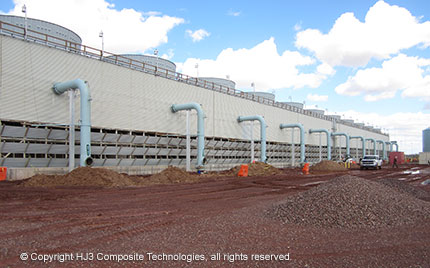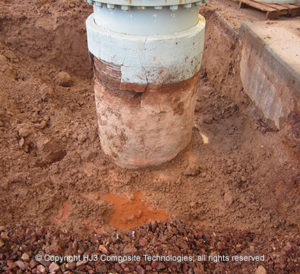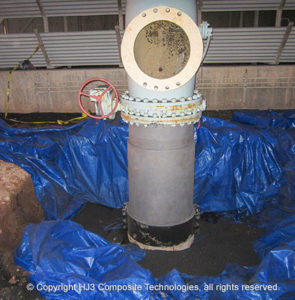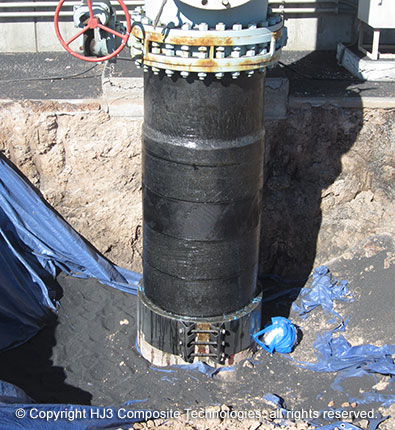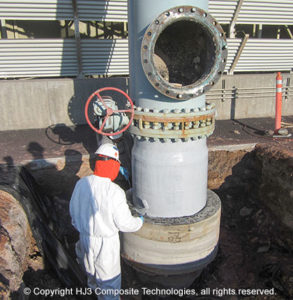Cracked Riser Pipes Repaired with Carbon Fiber
Tackling Leaky Pipes at Duke Energy Facilities to Stop Coal Ash Spills The recent coal ash spill at a Duke Energy site, contaminating over 70 miles of the Dan River with 40,000 tons of toxic coal ash, has made it clear that urgent inspections and repairs are needed across all 14 of Duke Energy’s facilities. This includes both active and retired sites, some of which have even been demolished. Although most inspections suggest that "the infrastructure remains stable and functional," multiple leaks have been found in riser pipes and pipelines within these facilities. The Eden facility, where the spill occurred, isn’t the only one with issues. At the Weatherspoon Steam Electric Power Plant, which was decommissioned in 2011 and demolished in 2013, there is still a 54-acre coal ash pond with a cracked riser that continues to be used. This riser, made of steel-lined concrete, is meant to draw the cleanest water from the pond's surface when water levels rise, allowing heavier sediment and coal ash to settle at the bottom. While experts believe a major coal ash leak like the one in Eden is unlikely at Weatherspoon, concerns persist about the crack possibly causing the release of ash-laden water into nearby tributaries and rivers. It’s important to remember that coal ash contains harmful substances such as mercury, cadmium, lead, arsenic, selenium, chromium, and more. Duke Energy has until July 20 to submit a repair timeline. Missing this deadline could result in daily fines of up to $500. The crack in Weatherspoon's riser pipe was discovered during a camera inspection, prompting further engineering studies to determine the required fixes. A similar problem was found at another Duke Energy steam plant, where a 40-foot crack developed in the coal ash dam at the Cape Fear Steam Electric Plant due to shifting soil beneath the dam. This movement bent the riser almost to the point of breaking. While Duke Energy has already addressed the situation at Cape Fear, they haven’t yet provided a repair plan for Weatherspoon's riser. Duke Energy and other power plants depend on a circulating water system to cool heated steam after it passes through a turbine. The cooled steam is then reused for electricity generation. However, the riser pipes that transport cooling water are prone to corrosion, which can cause cracks and leaks. In a southwestern U.S. power plant, corroded riser pipes had cracked and were leaking. To strengthen these risers, HJ3 implemented the CarbonSeal™ system. The repair work started with excavating the riser pipes and removing their concrete covers. The exposed steel surfaces were prepared to near-white metal standards and primed. The CarbonSeal™ high modulus paste was applied, followed by installing saturated CarbonSeal™ fabric. An abrasion and UV-resistant topcoat protected the carbon fabric. Steel sleeves were added at the base of the repair area, and the repaired risers were encased with new concrete covers. The client’s aesthetic preferences were met by painting the repaired risers. In total, all 22 steel riser pipes were reinforced within a tight timeframe. The client saved significantly, avoiding $1 million per day in lost revenue from delays in the plant’s operation beyond the scheduled repair period. Additionally, the repairs conserved over 127,000 gallons of water and 17,000 kWh of energy. Furthermore, this approach prevented 3 tons of CO2 emissions from entering the atmosphere and kept 2.5 tons of steel and concrete waste out of landfills. If you’re working on steel risers that need repair and want to explore HJ3’s CarbonSeal™ reinforcement solutions, feel free to contact HJ3 at [insert email]. ††††skyshields(suzhou)thermoforming tech.co.ltd , https://www.skyshields.com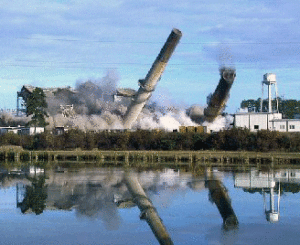
Credit: fayobserver.com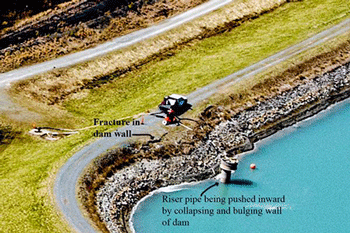
Credit: Charlotte Business Journal